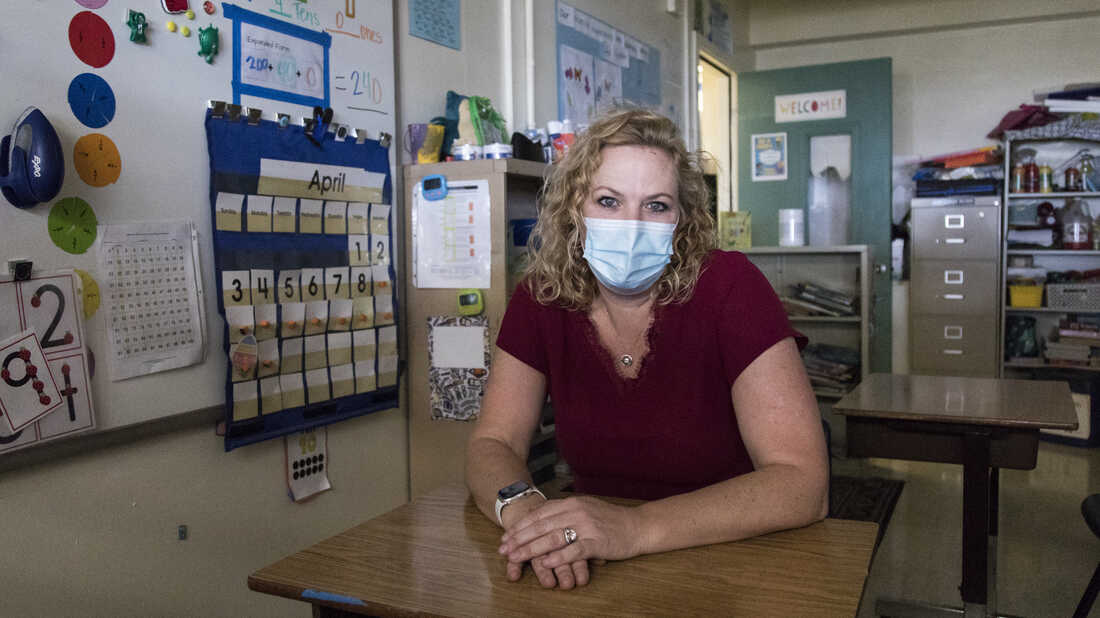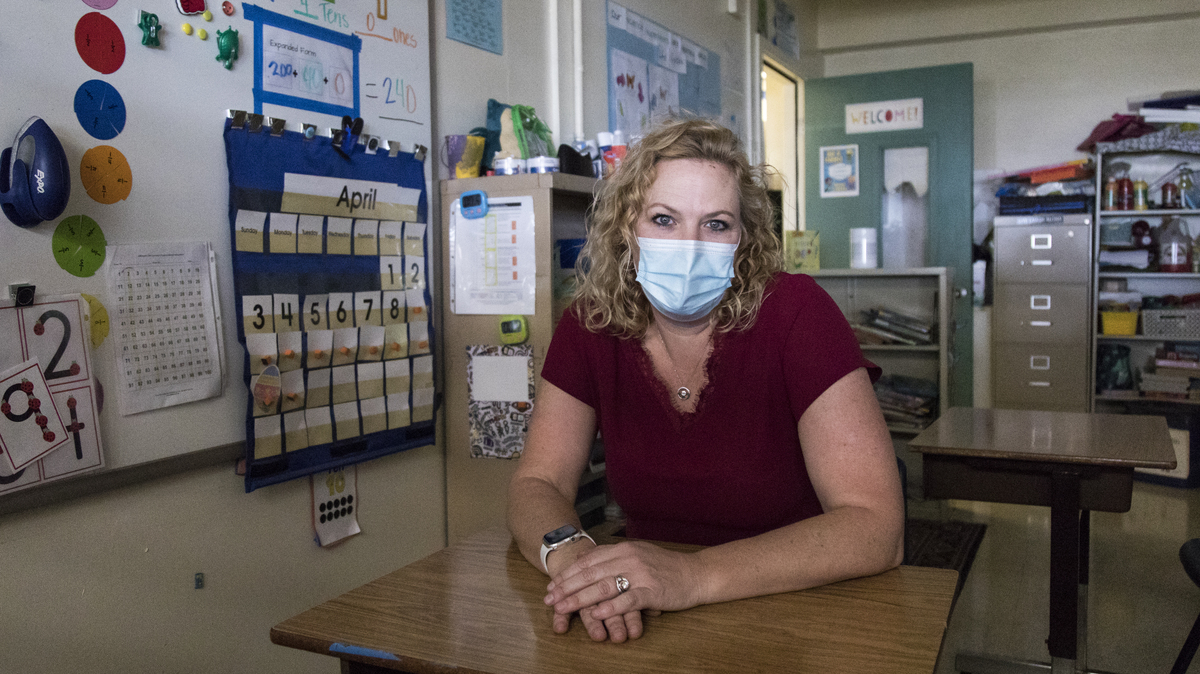
Heather Carll, a special education teacher, sits in her classroom at Momilani Elementary School in Pearl City, Hawaii. Marie Eriel Hobro hide caption

Heather Carll, a special education teacher, sits in her classroom at Momilani Elementary School in Pearl City, Hawaii.
Marie Eriel HobroFor years, most states have reported a shortage of special education teachers. Now, according to federal data, nearly every state is struggling to hire qualified educators. And when schools can't find a licensed teacher, they hire people who are willing to do the job, but lack the training.
From member station WFYI in Indianapolis, Lee Gaines reports on what that means for students, and Dylan Peers McCoy reports on one approach — in Hawaii — that's helped to fill shortages.
Email us at
This episode was produced by Lauren Migaki, Sequoia Carrillo, Brent Baughman, and Mia Venkat. It was edited by Nicole Cohen and Ashley Brown. Our executive producer is Cara Tallo.

 Live Radio
Live Radio